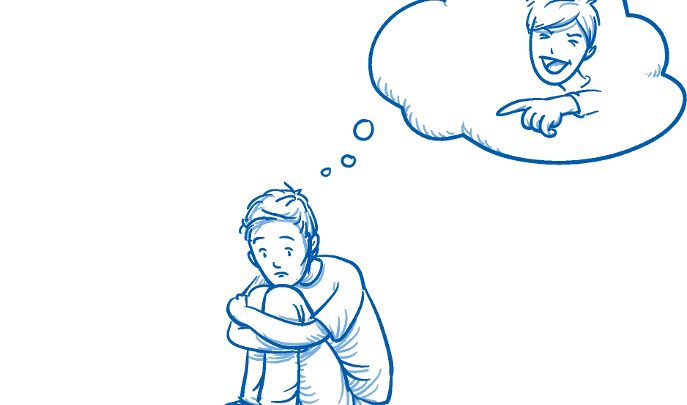With Bullying, Take Into Account That SEN Students May Struggle To Recognise The Behaviours Involved

Every school must have measures to prevent bullying, but research suggests over 16,000 young people in the UK are regularly absent because of it. So how can we do better?

- by Noel Purdy

Let’s consider the experience of Casey Heynes, an overweight 15-year-old Australian boy, who was filmed by a jeering onlooker being taunted and punched in the face by a younger lad. In the video that surfaced on the internet in 2011, after a few seconds of being physically and verbally abused, Casey responds forcibly to the bullying by suddenly grabbing his assailant and slamming him to the ground.
This clip went viral – and Casey was hailed a hero.
During subsequent television interviews, he has spoken movingly of his years of suffering as a victim of school bullying, and his resulting despair. Both boys were suspended for their behaviour and, although shaken, the younger suffered no serious injury.
Casey’s story raises many questions about school bullying: were his actions justified? Should he have been suspended? Should schools condemn the victim of bullying who responds violently? And how can they encourage students to speak out about their experiences, especially those with special educational needs and/or disabilities (SEND), who may not recognise bullying behaviour?
All children are potentially vulnerable to bullying – and it’s important for schools to recognise this – but a significant amount of research suggests that young people with SEN are considerably more at risk than their peers. Some may lack the social skills needed to help them form strong protective friendships, which can lead to them being an easy target of bullying behaviour.
Unfortunately, because of bullying, many children with SEND feel unsafe in school, and some may struggle to understand and communicate what has happened to them.
Research has also suggested that children with SEND (especially those with behavioural difficulties) can have a tendency to engage in bullying behaviours themselves.
Therefore, it’s important for teachers to address these complex issues and teach children how to be confident and assertive (without resorting to aggression), to manage their emotions, and to able to recognise bullying behaviour, so that it prevents them from being bullied and also from bullying others.
Taking steps
So what can schools do to tackle bullying and create an inclusive environment? I would suggest that there are three core components to a school’s response. The first is to have an effective anti-bullying policy, which is a legal requirement for all UK schools. The policy must define what bullying is, outline how incidents can be reported, explain how the school will respond to these, and describe the support that will be provided both to the victim and the child displaying the bullying behaviour.
The second component is to ensure pupils, teachers, parents and governors fully understand the anti-bullying policies and procedures, and implement them consistently. An ad-hoc approach is too often adopted in schools, leading to inconsistent responses, built on misunderstandings and poor communication. Instead, when the entire school community understands and adheres to an effective policy, bullying will be recognised as an issue that’s taken seriously by everyone.
The third is creating an inclusive community that is determined and persistent in its aim to address bullying. There are no quick fixes in the long-term, but often success rides on the drive and leadership of strong senior management, who must continually reflect, evaluate and refresh their approaches to bullying, and also on the creativeness of teachers, parents and pupils in maintaining enthusiasm and engagement.
By following these three core components, schools are more able to tackle bullying head on and situations like that of Casey Heynes are more likely to be prevented. Every child deserves to feel safe at school; by making it known that bullying will not be tolerated, an inclusive school ethos is reinforced that ensures all forms of difference are accepted.
In turn, and with the support and guidance of teachers, parents and fellow pupils, victims of bullying are able to feel confident enough to report any incidents and know that their concerns will be listened to and dealt with promptly and effectively.
Noel Purdy is director of research and scholarship at Stranmillis University College, Belfast, and past-president of nasen in Northern Ireland. Browse resources for Anti Bullying Week.










